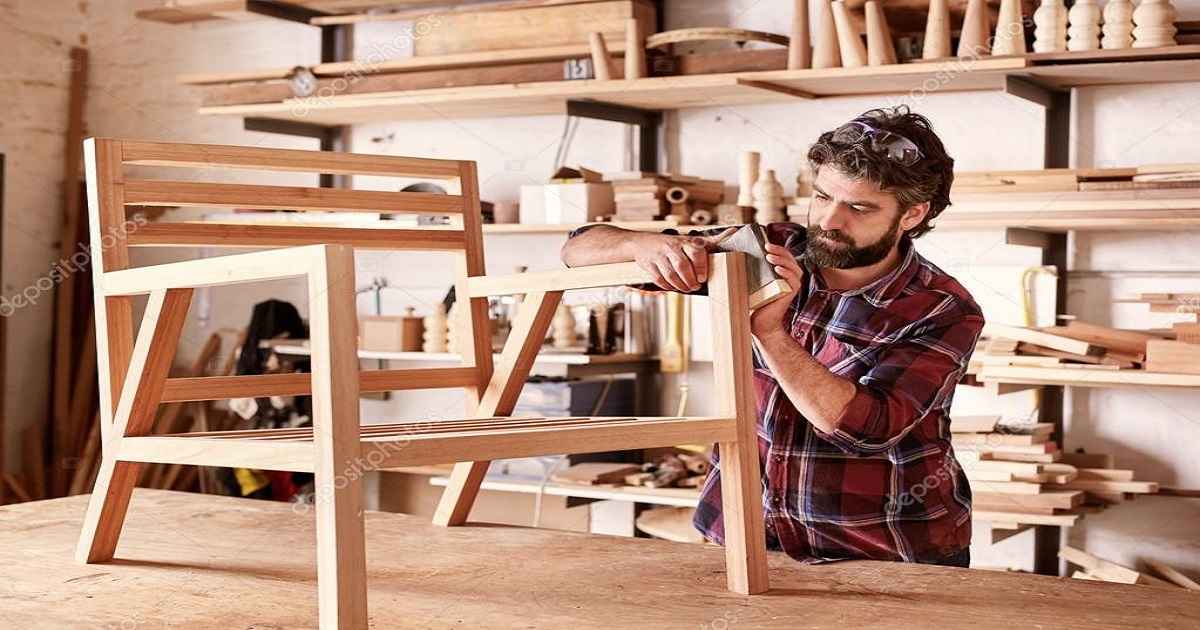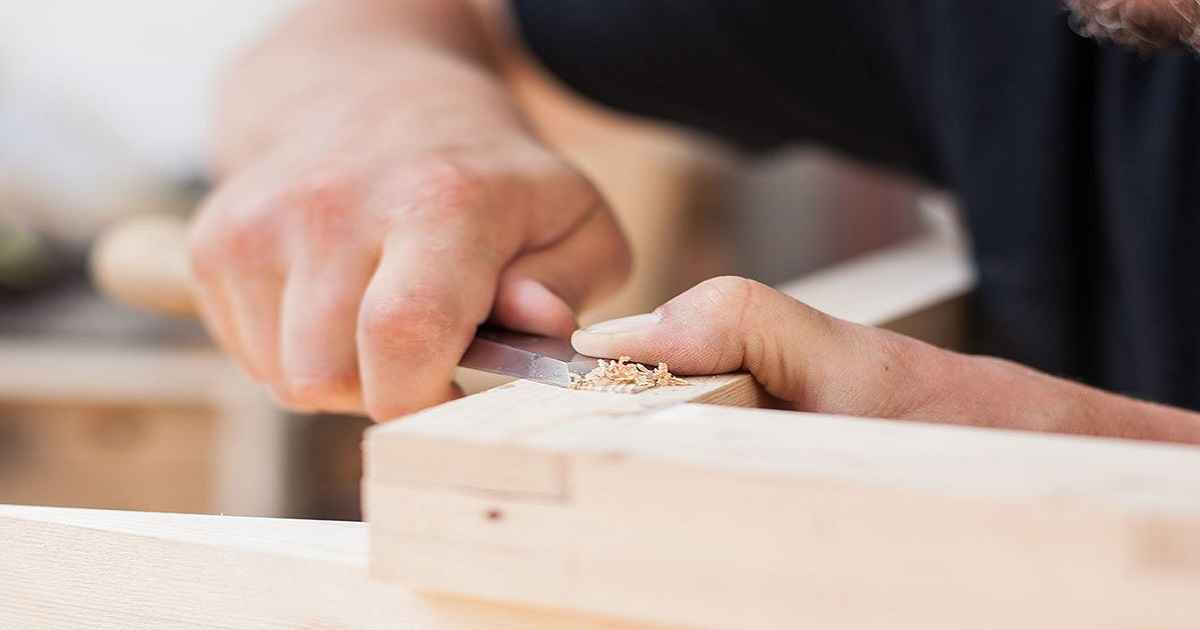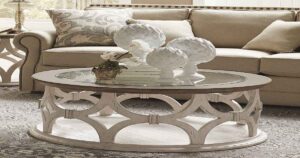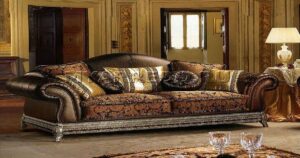A Furniture Maker Uses The Specification 19.88
The Craft Behind 19.88 Specification in Furniture Making
When it comes to the precision and quality of furniture making, every detail counts. One specific detail that stands out in the industry is the 19.88 specification. This measurement is not just a number; it represents a standard that can significantly affect the outcome of a furniture piece. In this comprehensive guide, we delve into the world of furniture making through the lens of the 19.88 specification, exploring its significance, application, and impact on both the craft and the consumer.
Understanding the 19.88 Specification
The 19.88 specification refers to a precise measurement, but its application goes beyond just a numerical value. This standard is often associated with the thickness, length, or specific dimensions that ensure stability, durability, and aesthetic appeal in furniture design. By adhering to this specification, furniture makers can achieve a balance between form and function, creating pieces that are not only visually appealing but also built to last.
Historical Context and Evolution
The origin of the 19.88 specification can be traced back to traditional craftsmanship methods, where precision and attention to detail were paramount. Over time, as furniture making evolved from handcrafted techniques to more advanced manufacturing processes, the 19.88 specification has remained a constant, bridging the gap between the old and the new. This historical context highlights the timeless nature of quality craftsmanship, emphasizing that some aspects of furniture making remain unchanged, regardless of technological advancements.
Application in Modern Furniture Design
In contemporary furniture making, the 19.88 specification plays a crucial role in various stages of the design and manufacturing process. From the initial sketches to the final product, this specification influences decisions related to material selection, structural integrity, and aesthetic considerations. Furniture pieces that adhere to this standard are often recognized for their superior quality and design precision, making the 19.88 specification a hallmark of excellence in the industry.
The Impact of the 19.88 Specification
The significance of the 19.88 specification extends beyond the furniture making process itself. Its impact can be seen in the longevity and functionality of the furniture, as well as in the satisfaction of the consumer.
Enhancing Durability and Stability
One of the primary benefits of following the 19.88 specification is the enhancement of furniture durability and stability. By maintaining strict adherence to this measurement, furniture makers can ensure that each piece is constructed to withstand the test of time. This not only benefits the consumer by providing long-lasting furniture but also reflects positively on the maker’s reputation for quality.
Elevating Aesthetic Appeal
Aside from its functional benefits, the 19.88 specification also plays a crucial role in the aesthetic appeal of furniture. Precision in measurement and design can lead to visually stunning pieces that capture the essence of modern or traditional styles. Furniture that meets this specification often features a level of detail and craftsmanship that sets it apart from mass-produced items, offering a unique addition to any home or office space.
Consumer Satisfaction and Trust
Consumers who invest in furniture that adheres to the 19.88 specification can expect a product that exceeds expectations in terms of both functionality and design. This standard serves as a guarantee of quality, offering peace of mind to buyers and fostering trust between them and the furniture makers. In a market flooded with options, furniture that meets the 19.88 specification stands out for its commitment to excellence.
Navigating the Challenges
While the benefits of the 19.88 specification are clear, implementing this standard in furniture making also presents certain challenges. These include the need for precise tools and techniques, a deeper understanding of material properties, and the potential for increased production costs. However, for those dedicated to the craft of furniture making, these challenges are viewed as opportunities to innovate and excel.
Conclusion
The 19.88 specification in furniture making is more than just a number; it’s a testament to the importance of precision, quality, and craftsmanship in the industry. By exploring its significance, application, and impact, we gain a deeper appreciation for the art and science of creating furniture that not only looks beautiful but also stands the test of time. As consumers become more aware of the value behind this specification, the demand for furniture that embodies these qualities is sure to rise, further elevating the standards of the furniture making industry.














